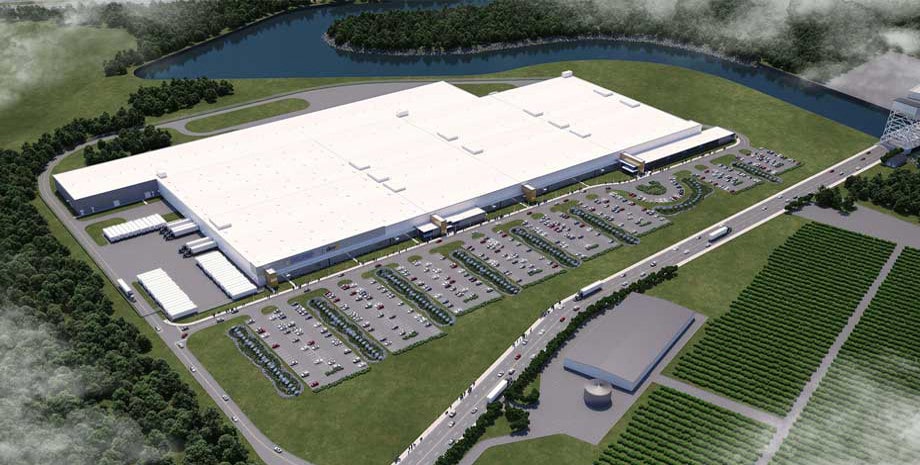A number of observers have noted that Elon Musk took over SolarCity’s Q2 results call on Wednesday. And in the process, he and SolarCity Co-Founder and Chief Technology Officer Peter Rive revealed some interesting details about future plans for their massive solar cell and module factory under construction in Buffalo, New York.
First, a “large part” of the facility’s module output will be building integrated photovoltaic (BIPV) products. Few details were provided on the call, with Rive stating that the product is both “very efficient and it looks really, really good”.
The justification for this move is that roofing itself is a big market segment, with Rive estimating that 5 million roofs are installed in the United States each year, and that it does not make sense to put PV modules on a roof that has to be replaced.
Like many things that SolarCity is doing, the move is a big gamble. The BIPV market segment has struggled to take off both in the United States and internationally. On Twitter, GTM Research Senior VP Shayle Kann noted the failure of Dow’s solar shingle product, and “others on the long list of failed building-integrated PV moves”.
But Kann also noted that “maybe Tesla’s different” – which may be a concession to the ability of Elon Musk and SolarCity to push the envelope and accomplish things previously thought impossible.
Bloomberg New Energy Finance Solar Analyst Hugh Bromley describes the current status of BIPV in the U.S. residential market as “non-existent”.
“Residential BIPV that was an idea that would look very promising 10-15 years ago, and everyone that was involved in that space either repositioned and moved away or ceased to exist,” Bromley told pv magazine.
Bromley says that the SolarCity’s move can be seen in light of a move towards more aesthetically pleasing, differentiated end-to-end solutions for the residential sector. He also notes that while previous generations of BIPV solutions tended to be based on thin film solutions, often amorphous silicon or copper indium gallium diselenide (CIGS), that using crystalline silicon is a new step.
“SolarCity is looking for new opportunity here,” states Bromley. “Whether it pays off remains to be determined.”
Additionally, on the SolarCity call Peter Rive stated that the company was “entertaining some discussions with strategic partners on the solar cell manufacturing”. While this statement is quite vague, it could follow a similar path to Tesla’s partnership with Panasonic in battery manufacturing at its Nevada Gigafactory.
During the call Peter Rive stated that he expects to being ramping production at the Buffalo factory in the second quarter of 2017.
This content is protected by copyright and may not be reused. If you want to cooperate with us and would like to reuse some of our content, please contact: editors@pv-magazine.com.









Solarcity is where it is based on module installation on existing red roofs with PPA’s and leases. Now they want to do BIPV’s on new roofs with cash and loan purchases. A 180 from current model.